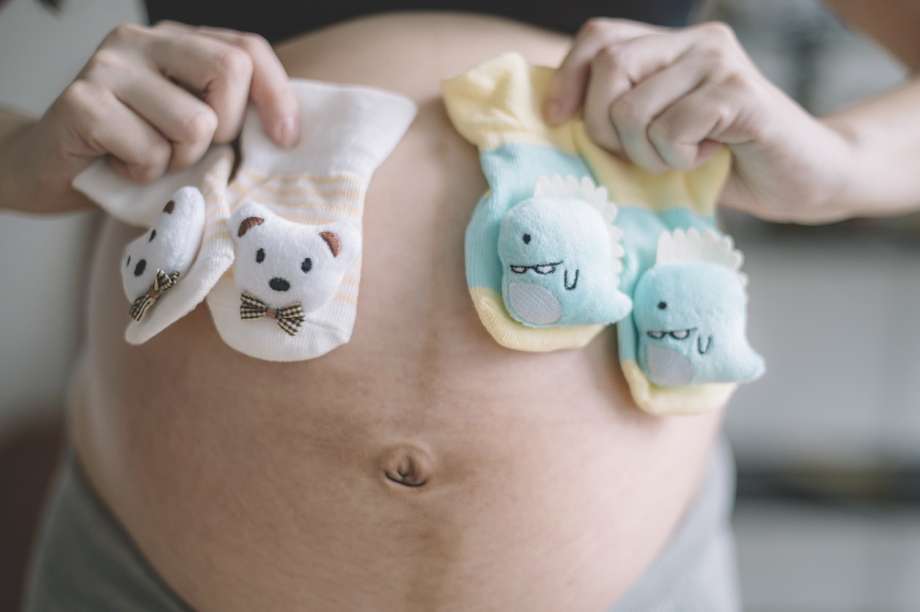Getting Ready for Twins

Although multiple pregnancies and births are more likely to have complications, they are now safer than ever as advances in prenatal and postpartum care have dramatically improved the outlook for premature babies-the main concern with multiples.
You can prepare for the birth by getting plenty of rest, mild exercise, adequate hydration, and nutrition. Putting your feet up, or even having a nap during the day, helps improve the blood flow to your placenta. Practicing Kegel exercises (Start squeezing!) is important with a multiple pregnancy since your pelvic floor muscles are under additional strain.
Prepare for a shorter Pregnancy
A little more than half of twin pregnancies deliver prematurely. With multiple pregnancies, the placenta becomes less efficient toward the end of pregnancy. Twins are typically born around 36 weeks, but may be born anywhere from 32-38 weeks or even earlier depending on the type of twin pregnancy and any complications. Nowadays, premature babies have much better outcomes with advances in expert care.
The average birth weight for each twin is about 5.5 pounds or less depending on what gestation they are born.
Labor and delivery
In the final weeks of pregnancy, your babies will take up their positions for birth. The most common position is with both babies lying vertically. With 75 percent of twins, the first is head down (cephalic); the second twin may be head down or breech, or one twin may lie across the uterus (transverse). You may suspect their position from the kicks, but only a scan confirms this.
Labor is usually the same whether you are pregnant with one baby or multiples. Most healthcare facilities will have you deliver twins in an operating room even if you are delivering vaginally as a safety precaution in case a cesearan section is necessary at some point. Check with your provider to see what options are available to you.
Preparing for More Than One
Even if your twins are identical, they're individuals, and relating to your babies as separate people will help their development and your relationship with them. Even in pregnancy, some expectant moms notice how different their babies are from their different movement patterns in the uterus.

Bonding with Twins
Expectant moms of twins often worry about how they will bond with more than one baby. It's true that bonding can be harder with twins, but you will love them and be able to provide for them. It’s hard to make time for individual attention especially when you're exhausted caring for multiple babies. Being aware of this and arranging extra help to care for the babies or allow you to rest may ease your anxiety. Skin-to-skin or kangaroo care can be a great bonding experience with many benefits for both mom and baby. You can hold one infant at a time or both, bare chest to bare chest, for an hour at at time, or as long as the babies tolerate it. Kangaroo care not only helps with bonding, but can increase weight gain, encourage breastfeeding, regulate temperature and breathing, and improve sleep.